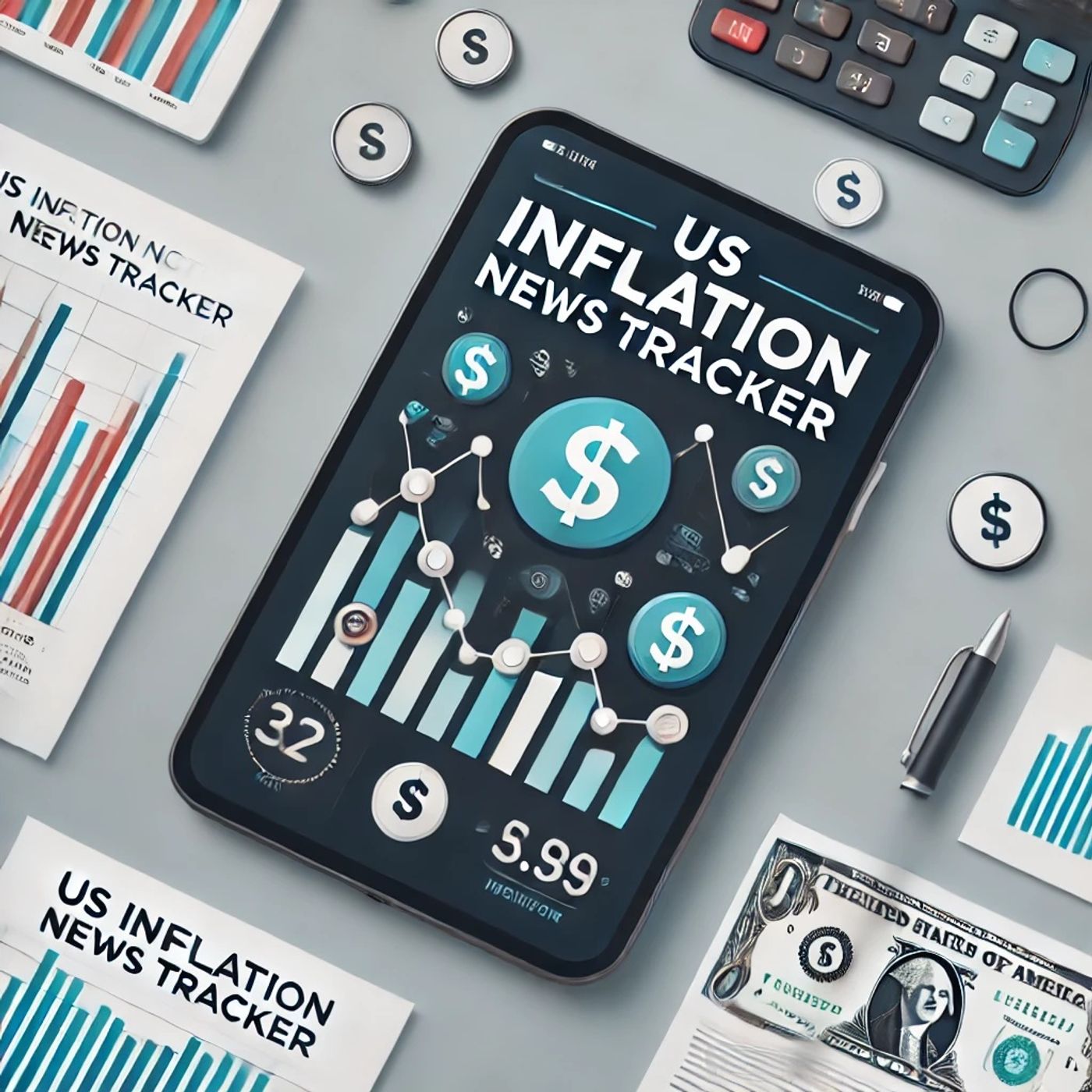Navigating Inflation: Insights into the U.S. Economic Landscape and the Federal Reserve's Balancing Act
Update: 2025-09-19
Description
In the ever-evolving landscape of the U.S. economy, inflation remains at the forefront of economic discussions, with significant implications for monetary policy and overall market sentiment. Upcoming U.S. data releases, including reports on housing, durable goods, consumer sentiment, and inflation, are poised to offer critical insights into the economic climate, influencing both policy decisions and market movements.
One of the most prominent voices in the Federal Reserve, Neel Kashkari, recently outlined his perspective on current inflationary pressures and the potential policy responses. Kashkari advocates for two additional rate cuts within the year, emphasizing that the impact of recent tariffs on inflation has been minimal. His stance suggests a cautious approach to interest rate adjustments, balancing the need for economic stimulus against concerns of economic overheating.
Indeed, the Federal Reserve faces a complex balancing act, with low interest rates playing a pivotal role in their strategy. As inflationary trends continue to pose challenges, the Fed constantly assesses the risks that could necessitate a shift in focus. While a softening job market has garnered attention, inflation remains a persistent factor that could prompt the Fed to recalibrate its approach.
The dynamic interplay between inflation and interest rates has a profound impact on the U.S. marketplace. Investors are keenly watching for any indications of policy shifts that could influence market trends and economic forecasts. As the Fed navigates these intricate economic nuances, the question of how low interest rates can realistically go remains a topic of debate among economists and policymakers alike.
Ultimately, the slew of forthcoming data will be critical in shaping the Federal Reserve's next moves. As these reports are analyzed, the delicate equilibrium between fostering economic growth and controlling inflation will continue to be a focal point for both the Fed and market participants. With Kashkari and others at the helm, the U.S. economic narrative will undoubtedly remain dynamic, as new data and evolving circumstances continually redefine the parameters of economic policy.
This content was created in partnership and with the help of Artificial Intelligence AI
One of the most prominent voices in the Federal Reserve, Neel Kashkari, recently outlined his perspective on current inflationary pressures and the potential policy responses. Kashkari advocates for two additional rate cuts within the year, emphasizing that the impact of recent tariffs on inflation has been minimal. His stance suggests a cautious approach to interest rate adjustments, balancing the need for economic stimulus against concerns of economic overheating.
Indeed, the Federal Reserve faces a complex balancing act, with low interest rates playing a pivotal role in their strategy. As inflationary trends continue to pose challenges, the Fed constantly assesses the risks that could necessitate a shift in focus. While a softening job market has garnered attention, inflation remains a persistent factor that could prompt the Fed to recalibrate its approach.
The dynamic interplay between inflation and interest rates has a profound impact on the U.S. marketplace. Investors are keenly watching for any indications of policy shifts that could influence market trends and economic forecasts. As the Fed navigates these intricate economic nuances, the question of how low interest rates can realistically go remains a topic of debate among economists and policymakers alike.
Ultimately, the slew of forthcoming data will be critical in shaping the Federal Reserve's next moves. As these reports are analyzed, the delicate equilibrium between fostering economic growth and controlling inflation will continue to be a focal point for both the Fed and market participants. With Kashkari and others at the helm, the U.S. economic narrative will undoubtedly remain dynamic, as new data and evolving circumstances continually redefine the parameters of economic policy.
This content was created in partnership and with the help of Artificial Intelligence AI
Comments
In Channel





